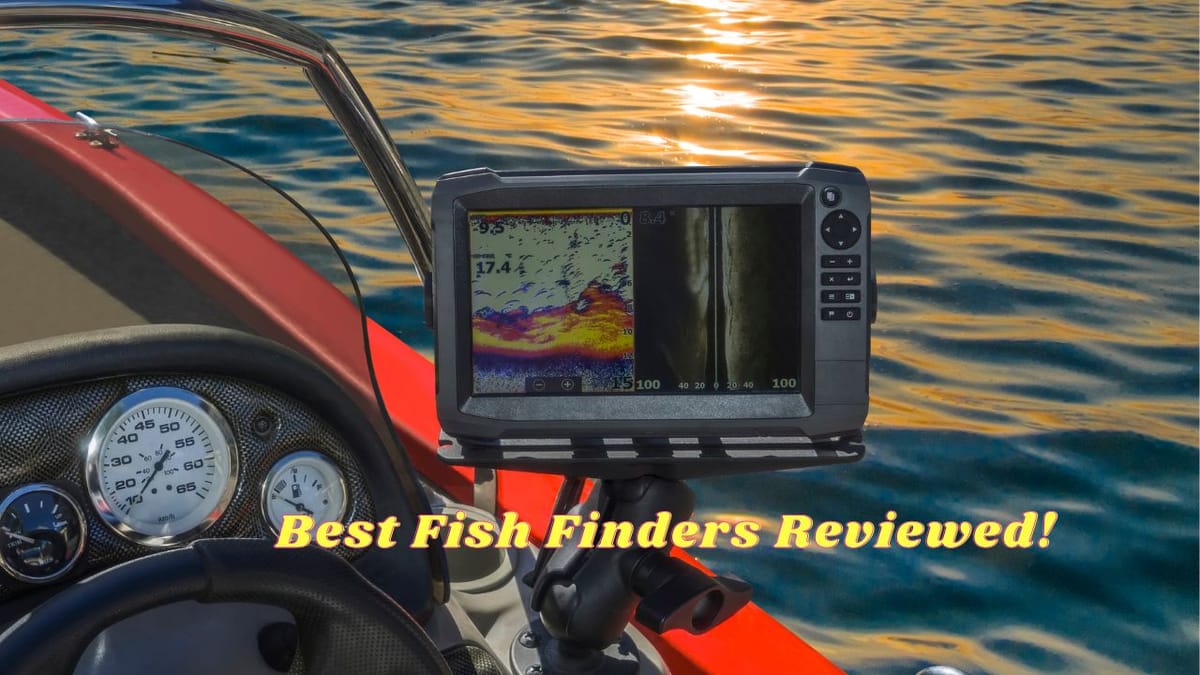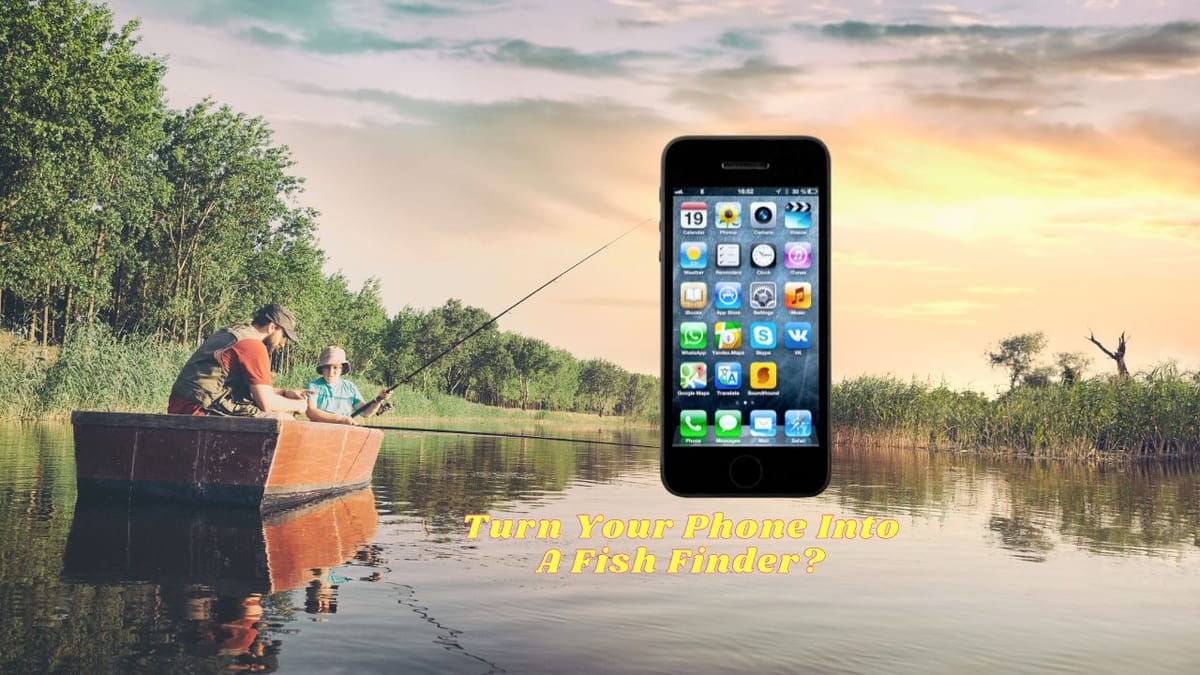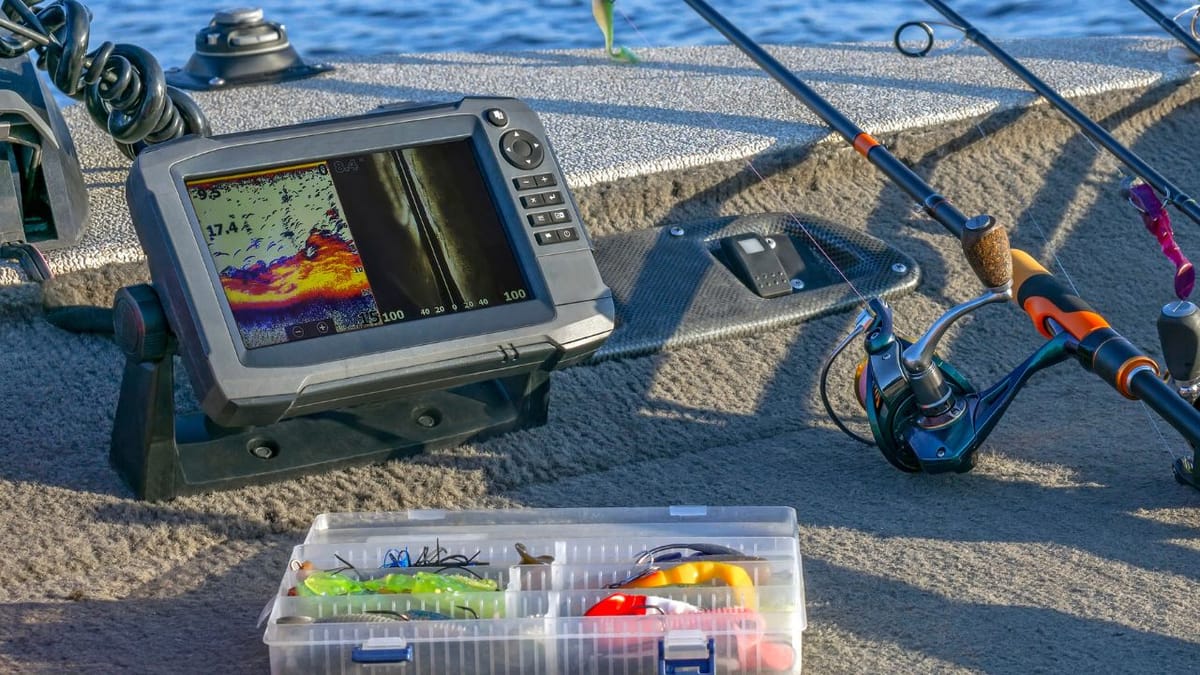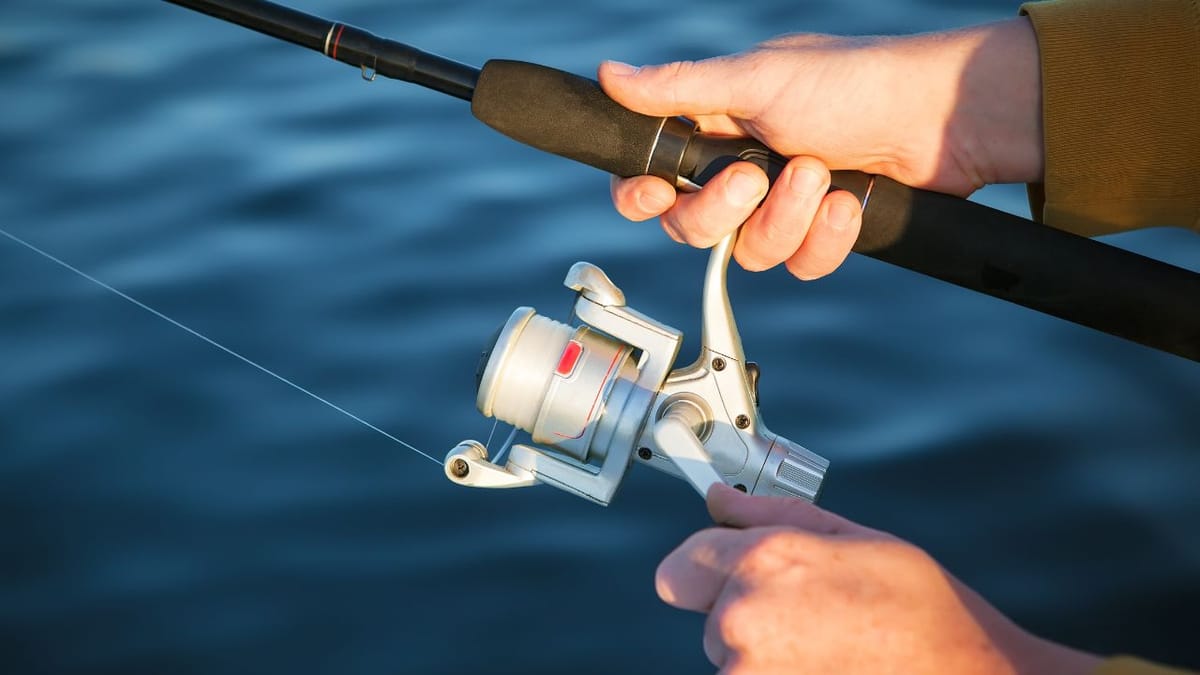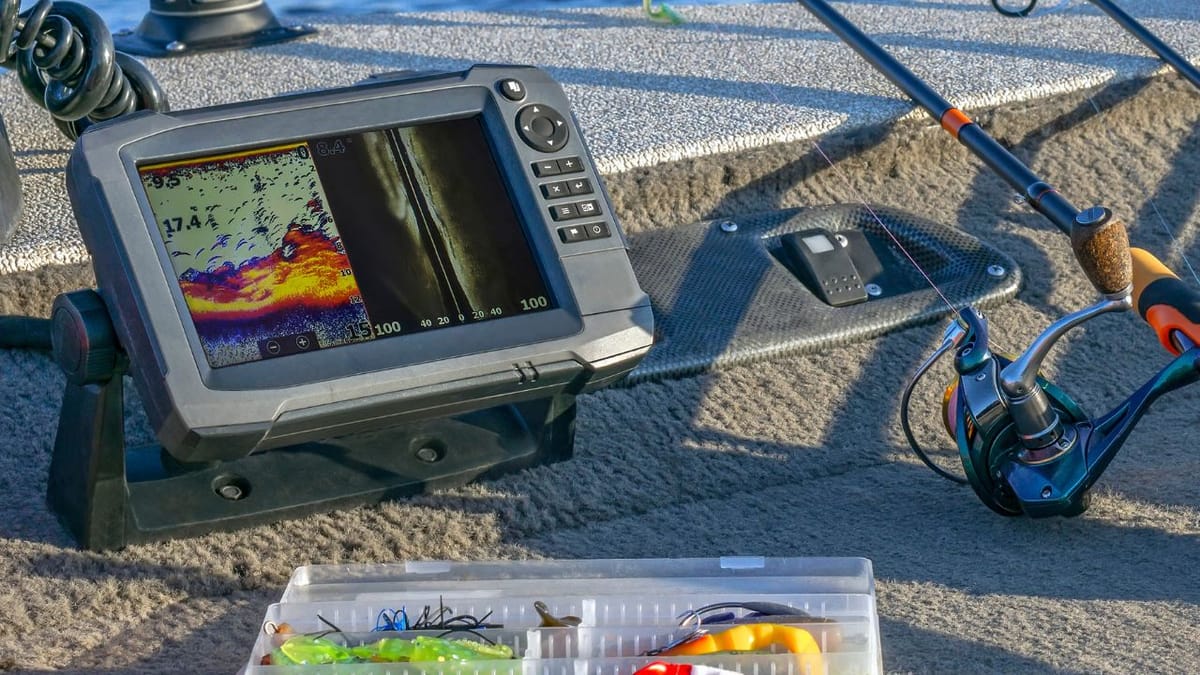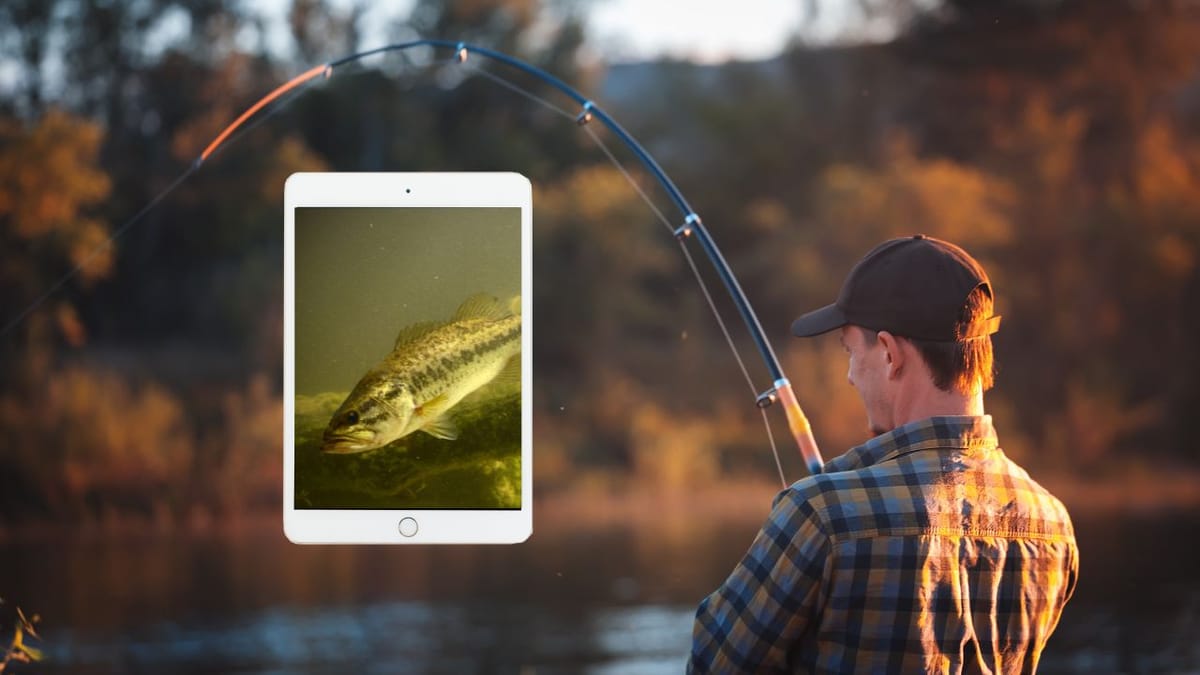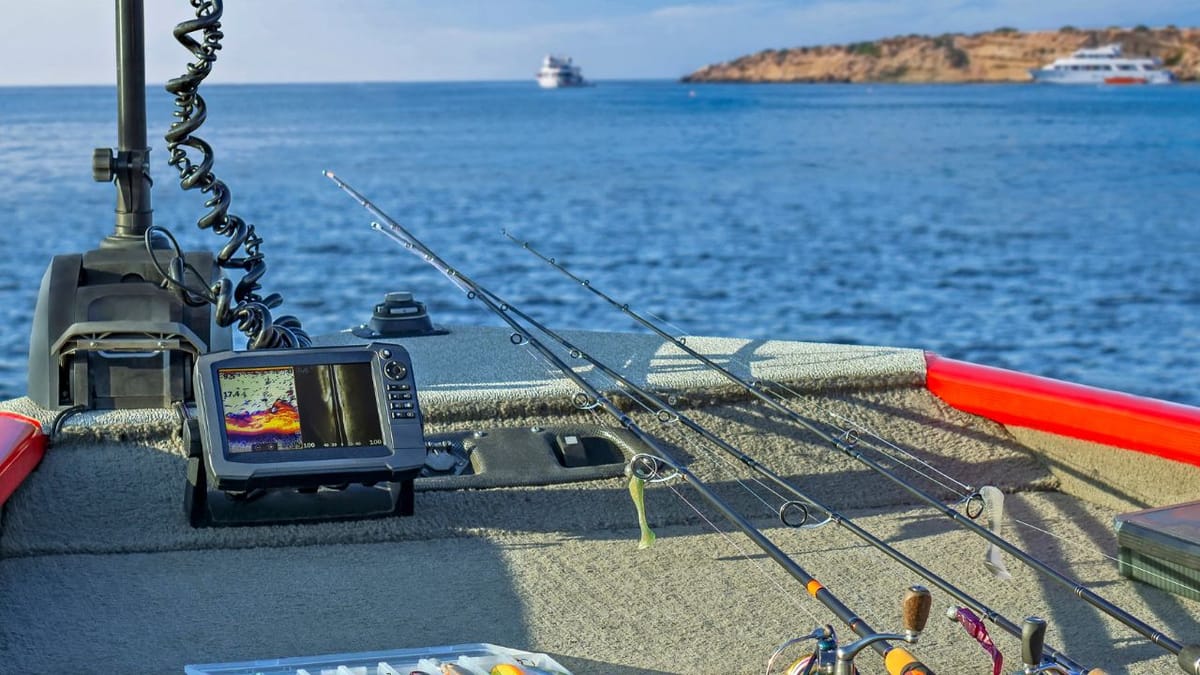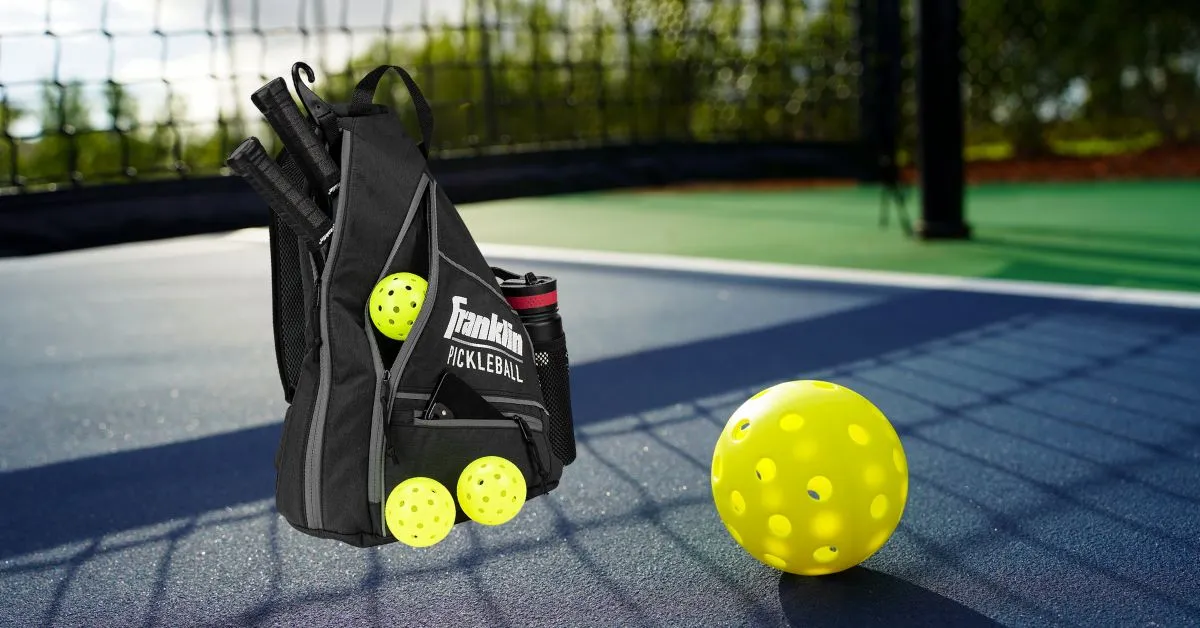Table of Contents
Fishing is an age-old pastime that combines skill, patience, and sometimes a bit of luck. But with the advent of technology, anglers can tilt the odds in their favor using a fish finder. However, not everyone is ready to invest a small fortune into high-end fishing tech. That's where the quest for a good cheap fish finder comes into play. In this comprehensive guide, we'll explore the best budget-friendly options that don't skimp on functionality.
Key Takeaways:
- Discover the top features to look for in a budget-friendly fish finder.
- Learn about the best cheap fish finders on the market and how they compare.
- Understand how to maximize the use of a fish finder without breaking the bank.
With detailed and rigorous research, we provide our readers with the finest recommendations. Our recommendations are our opinions. Our cause is backed by reader support- for every click made through one of our affiliates links, a commission may be earned at no extra expense to you! As an Amazon Associate, Reviewsopedia may earn a commission from qualifying purchases. Thank you and enjoy!
Understanding Fish Finder Basics
Before diving into the specifics of cheap fish finders, it's essential to understand what a fish finder is and how it works. A fish finder is a device that uses sonar technology to detect underwater objects, primarily fish, by sending out sound waves and interpreting the echoes that bounce back. The primary components of a fish finder are the display, transducer, and the power source. For those on a budget, it's crucial to identify which features are must-haves and which ones you can compromise on to save money.
When shopping for a budget fish finder, focus on the quality of the sonar, the resolution of the display, and the overall durability of the device. Even inexpensive models can offer dual-frequency sonar, which allows for a broader range of detection, and a decent pixel count for clear image representation.
Top Features in Affordable Fish Finders
A good cheap fish finder doesn't mean you have to sacrifice all the bells and whistles. Look for devices that offer a balance between cost and functionality. Key features to consider include the type of sonar (CHIRP is preferable for its detailed imaging), GPS capabilities for navigation and marking fishing spots, and the ability to read data in both shallow and deeper waters.
Additionally, portability can be a significant advantage for anglers who fish from kayaks or rental boats. Compact fish finders that are easy to install and remove can make your fishing experience hassle-free. Battery life is another consideration; longer battery life means more time on the water without the need to recharge.
Best Budget Fish Finders on the Market
Now, let's talk about some of the best cheap fish finders available. The Garmin Striker 4, for instance, is a popular choice among anglers due to its high-sensitivity GPS and CHIRP sonar technology. It's an excellent example of a budget-friendly device that doesn't compromise on essential features.
Another notable mention is the Deeper PRO+ Smart Sonar. This castable fish finder connects to your smartphone and provides detailed data with its dual-beam sonar. It's perfect for those who prefer a mobile setup and enjoy fishing from the shore or a small boat.
How to Choose the Right Fish Finder for You
Choosing the right fish finder comes down to understanding your fishing habits and preferences. If you're a casual angler who fishes in familiar waters, a basic model with GPS and dual-frequency sonar might be sufficient. However, if you're more adventurous and like to explore new fishing spots, investing in a fish finder with detailed mapping capabilities could be beneficial.
Consider the type of fishing you do most often. Ice fishing, for example, requires a fish finder with a flasher mode, while deep-sea fishing benefits from a model with a powerful transducer for deep-water reading.
Maximizing Your Fish Finder's Potential
Once you've purchased a cheap fish finder, it's essential to learn how to use it effectively. Familiarize yourself with the device's settings and features. Practice interpreting the sonar readings to distinguish between fish, structures, and the bottom. Remember, the best fish finder is the one you know how to use well.
Additionally, maintain your fish finder by cleaning the transducer regularly and protecting the display from direct sunlight and impact. Proper care will extend the life of your device and ensure it remains accurate and reliable.
Installation and Setup Tips
Installing your fish finder correctly is crucial for optimal performance. Follow the manufacturer's instructions carefully. Mount the transducer so that it's submerged in water without obstruction, typically on the transom of the boat. Ensure the display is mounted where it's easily visible and within reach for adjustments.
For kayak anglers or those using small boats, consider using a portable fish finder or one with a suction cup transducer mount for easy removal and adjustment. This flexibility can be particularly useful when you're frequently on the move.
The Role of GPS in Fish Finders
GPS functionality in fish finders is not just a luxury; it's a practical tool for safety and efficiency on the water. A GPS allows you to mark productive fishing spots, create waypoints, and track your route. This can be invaluable when fishing in large lakes or the ocean, where it's easy to lose track of your location.
Even budget fish finders often come with basic GPS capabilities. While they may not have the advanced chart plotting features of more expensive models, they can still provide the essential functions needed for a successful fishing trip.
Understanding Sonar Technology
Sonar technology is the heart of any fish finder. Traditional sonar sends out a single frequency, while more advanced CHIRP sonar emits a continuous sweep of frequencies, providing more detailed and accurate information. When looking for a cheap fish finder, prioritize models with CHIRP sonar if possible.
The power of the sonar, measured in watts RMS (Root Mean Square), also affects its performance. Higher wattage means stronger signals and better depth penetration. Even on a budget, aim for a fish finder with adequate power for the depths you typically fish.
Reading and Interpreting Fish Finder Data
Interpreting the data on your fish finder's display is a skill that improves with experience. Fish arches, for example, indicate fish size and movement, while solid lines often represent the bottom. Learning to differentiate between these signals and noise or clutter is crucial.
Many cheap fish finders come with fish ID features that interpret sonar returns and display fish icons instead of raw data. While convenient for beginners, learning to read the raw sonar returns can provide more accurate and detailed information.
Fish Finder Maintenance and Care
To ensure your fish finder lasts, regular maintenance is necessary. Keep the screen clean and free of debris, and rinse the transducer with fresh water after use in saltwater. Check for software updates from the manufacturer, as these can improve functionality and fix bugs.
Store your fish finder in a cool, dry place when not in use. Extreme temperatures and moisture can damage the electronics. With proper care, even a cheap fish finder can provide years of reliable service.
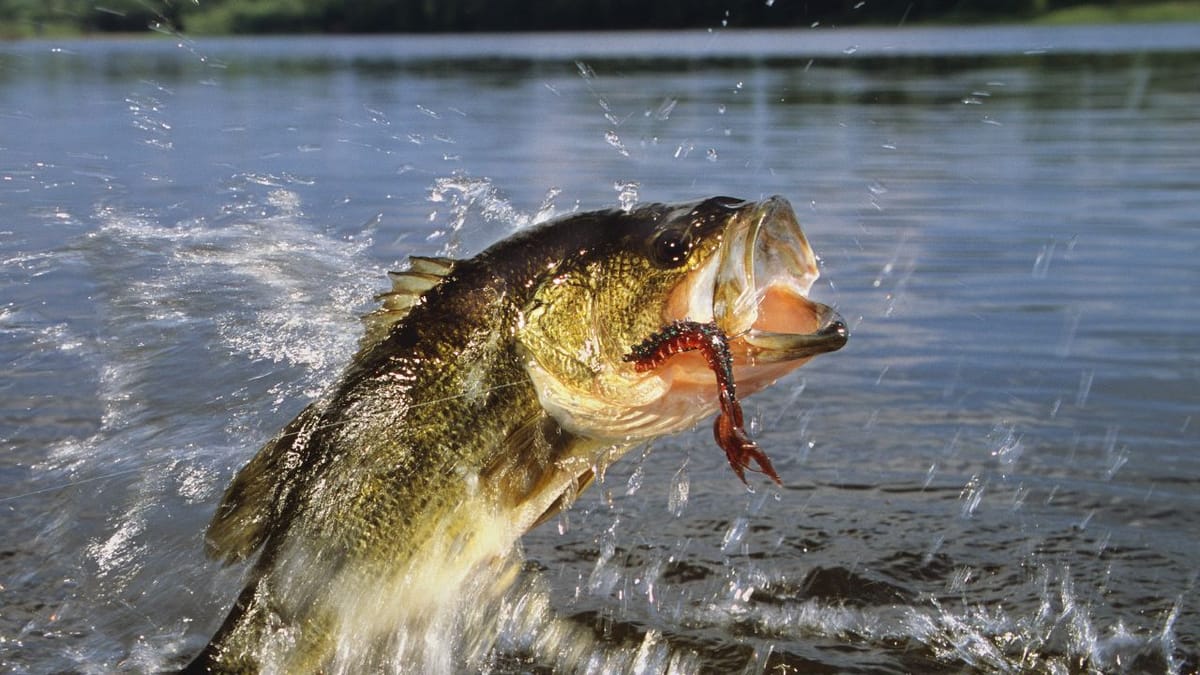
Summary
A good cheap fish finder is an invaluable tool for any angler looking to enhance their fishing experience without breaking the bank. By understanding the essential features, comparing the best budget models, and learning how to use and maintain your device properly, you can make an informed decision that suits your fishing style and needs. Remember, the best fish finder is one that offers the right balance of features, ease of use, and affordability.
FAQ Section
Can cheap fish finders be as good as expensive ones?
While cheap fish finders may lack some of the advanced features of high-end models, many offer the essential functions needed for effective fishing. With proper use and understanding, a budget fish finder can be a valuable tool for any angler.
How important is GPS in a fish finder?
GPS is a significant feature in fish finders, providing safety and convenience by allowing you to mark fishing spots, create waypoints, and navigate large bodies of water with ease.
What maintenance does a fish finder require?
Regular maintenance includes cleaning the screen and transducer, rinsing after saltwater use, checking for software updates, and storing the device in a cool, dry place. Proper care will extend the lifespan and performance of your fish finder.
Other Related Articles
